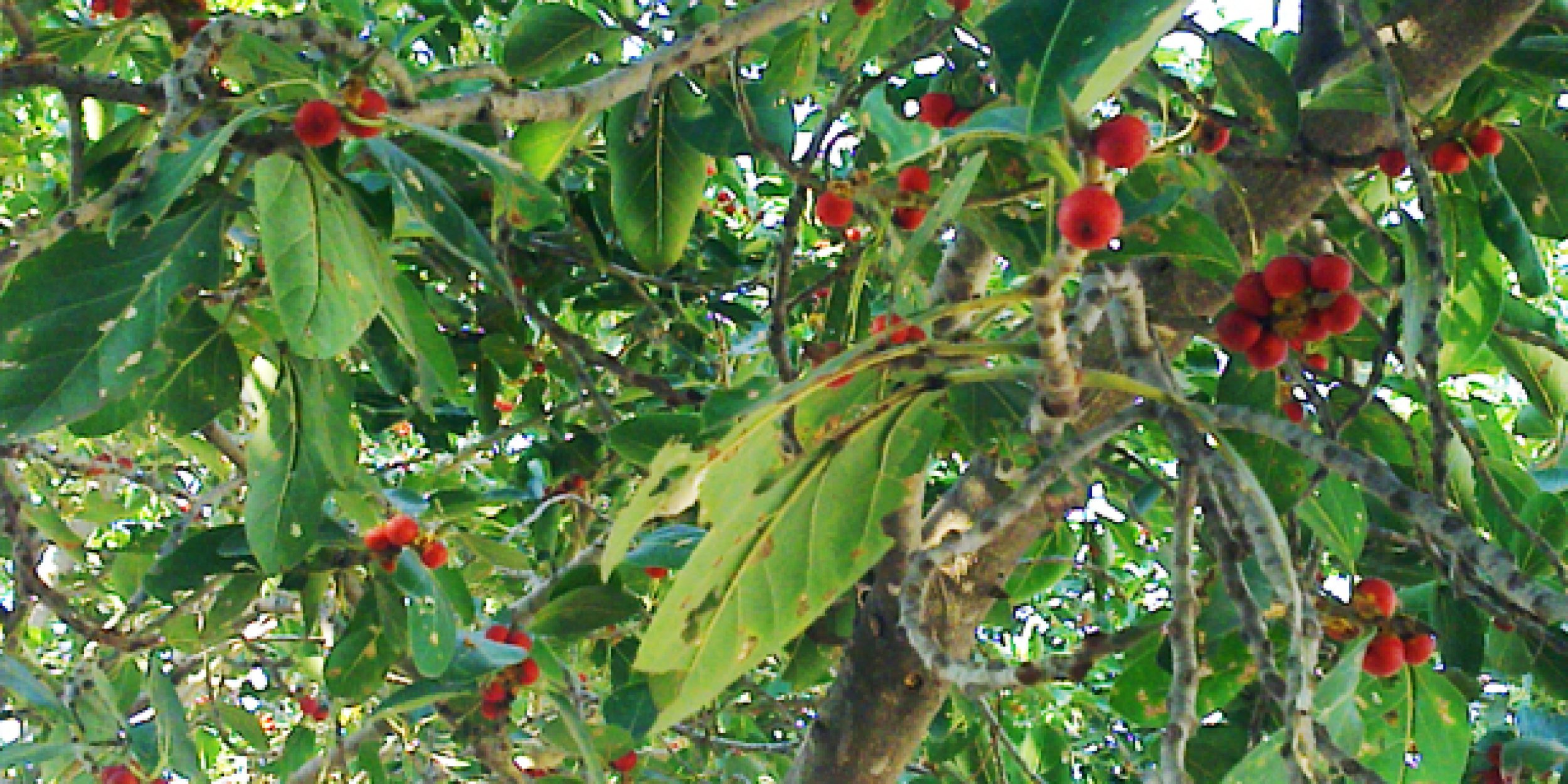Gardeners and landscapers may want to rethink their fall tree plantings this year. The U.S. Department Agriculture has released an updated Plant Hardiness Zone Map, which indicates which trees and perennials can survive the winter in a given region. A CPO-funded researcher has recently published a method for improving plant hardiness zone estimates that fully accounts for rapidly rising temperatures.
Dr. Nir Krakauer, a MAPP-funded researcher and an assistant professor of civil engineering in The City College of New York’s Grove School of Engineering, calculated how temperature boundaries have shifted over recent decades. Although the latest version of the USDA map shows that planting zones have been shifting northward as winters become milder, this map still does not fully show the recent warming, since it is based on averages over the period 1976-2005.
“Over one-third of the country has already shifted half-zones compared to the current release, and over one-fifth has shifted full zones,” Krakauer wrote in a paper published the journal Advances in Meteorology. This work is one element of the seasonal prediction work that Krakauer is undertaking as principal investigator for CPO’s Modeling, Analysis, Predictions, and Projections (MAPP) program and as part of the NOAA Cooperative Remote Sensing Science and Technology Center (NOAA-CREST).
Read more:
Rethinking the New Plant Hardiness Zone Map. New York Times. Sept. 14, 2012.
The City University of New York Press Release



